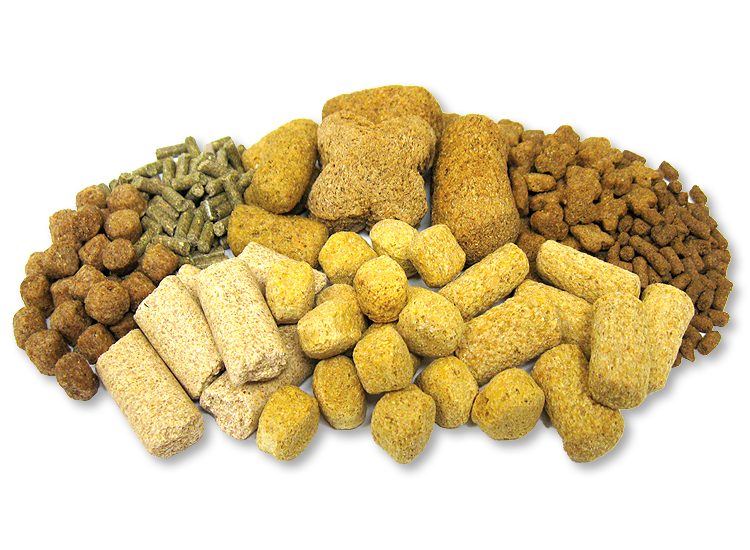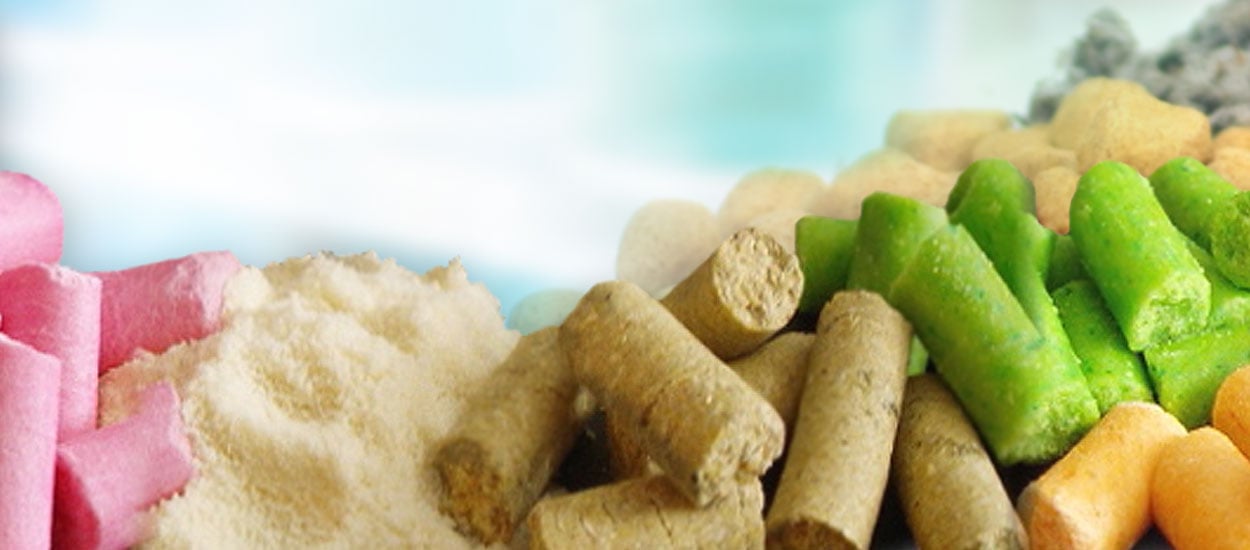MASH and NASH Rodent Diet

Induction of metabolic dysfunction-associated steatotic liver disease and metabolic dysfunction-associated steatohepatitis (MASLD/MAFLD/MASH; concurrently referred to as NAFLD/NASH) phenotypes range from obesity, metabolic syndrome, and mild steatosis to steatohepatitis, fibrosis, and cirrhosis. The feeding duration of these types of high fat rodent diets depend on intended phenotype expression.
Dietary feeding strategies to induce MASLD*/MASH can be categorized as:
- Diets fed for longer periods of time (at least 9 weeks) to induce obesity, metabolic syndrome, and more severe MASH phenotypes.
- Diets fed for short periods of time (between 3-12 weeks) to induce hepatic features of severe MASH without induced obesity or insulin resistance.
*For MASLD only, similarly formulated diets with either no added cholesterol or low level (i.e., ~0.2%) cholesterol can be used; expect initial phenotype development in approximately 6 weeks of feeding; this sort of diet is unlikely to progress to full MASH.
Feeding plans to induce MASH Phenotypes
| Research use and timeline | Key dietary features | Examples |
|---|---|---|
| GAN/AMLN Diet | ||
| After 12 weeks: published phenotypes include hepatic steatosis, systemic insulin resistance, increased blood glucose levels, and obesity in C57BL/6 and GEM models After 20 weeks: published phenotypes include steatohepatitis and fibrosis |
|
TD.200591 (GAN) TD.180939 (AMLN) |
| High Fat Diet with Palmitic Acid and Cholesterol (FPC) | ||
| After 16 weeks: published phenotypes include increased chemokines, liver fibrosis, and increased liver weight in C57BL/6 and GEM models |
|
TD.160785.PWD (dough) TD.190142 (pellet) |
| “Western”/Fast Food Diet | ||
| After 12 weeks: published phenotypes include metabolic syndrome, inflammation, hepatic steatosis and obesity in C57BL/6 and GEM models After 24 weeks: published phenotypes include steatosis, hepatocyte ballooning, and bridging fibrosis |
|
TD.120528 TD.96121 |
| Methionine and Choline Deficient Diet (MCD) | ||
| After 3 weeks: published phenotypes include steatosis, increased ALT, inflammation and hepatic fat oxidation in C57BL/6 and GEM models |
|
TD.90262 |
| Within 8 weeks: published phenotypes include insulin-resistance, inflammation,increased ALT and TG, upregulated cytokine production, hepatic steatosis, ballooning, and fibrosis. |
|
TD.240263 |
For high fat diet options to induce uncomplicated MASLD see our Diet Induced Obesity page.
-
GAN Diet with Palm Oil or AMLN Diet with HVO as a Trans-Fat Source
Learn more about GAN rodent diet
The AMLN diet with a trans-fat source or GAN with palm oil are named for the companies where the model characterization occurred. These types of diets are used to exacerbate hepatic inflammation and fibrosis.
Prior to the 2018 FDA ban on trans-fats, diets containing hydrogenated vegetable oil were used to reliably induce metabolic and liver histopathological changes in rodents. Following 2018, modifications to fat sources had to be made.
Within the MASH literature, the AMLN or GAN diets are described as purified rodent diets with 22% fructose, 2% cholesterol, and 40% of kcal either predominately from palm oil (GAN) or trans-fat containing hydrogenated vegetable oil that is very comparable to what we had prior to 2018 (AMLN).
Examples:
- TD.200591 40% Kcal Fat (Palm Oil, 2% Chol, 20% Kcal/Fruct)
- TD.180939 40% Kcal Fat (HVO, 2% Chol, 20% Kcal/Fruct)
Research use and timeline to achieve phenotype:
Diet formulations of these patterns have reported hepatic steatosis, systemic insulin resistance, and obesity after 12 weeks of feeding an AMLN diet. Others have reported the GAN diet produced steatohepatitis and fibrosis after 20 weeks of feeding. While not required, the AMLN/GAN model often pairs a glucose/fructose solution to the drinking water.
References:
-
FPC Diets with Milkfat, Palmitic Acid & Trans Fatty Acids
Learn more about FPC rodent diet
FPC (Fat - Palmitate - Cholesterol) are popular MASH diets that include features of both the “Western” and American Lifestyle-Induced Obesity Syndrome (ALIOS) model diets to achieve both metabolic and hepatic MASH features within an accelerated time frame. FPC diets intentionally contain a lower methionine and choline content to exacerbate these phenotypes. FPC diets are high fat (~52% kcal from fat) and include milkfat fat, palmitic acid and hydrogenated vegetable shortening (source of trans-fats) with high sucrose (~34% by weight) and 1.25% cholesterol.
Examples:
- TD.160785.PWD 52 kcal/Fat Diet (C16:0, HVO, AMF, Choline/Met)
- TD.190142* 52 kcal/Fat Diet (C16:0, HVO, AMF, Choline/Met)
* a version of TD.160785.PWD with regular casein that can be pelletedResearch use and timeline to achieve phenotype:
Increased chemokines, steatosis, lobular inflammation, liver fibrosis, glucose intolerance, increased liver weight, and body weight gain has been reported after 16 weeks of feeding. While not required, the FPC model often pairs a glucose/fructose solution to the drinking water.
References:
-
Western Rodent Diets with Saturated Fats and Added Cholesterol
Learn more about Western Rodent diet
Western or fast-food style diets fed to induce MASH with metabolic syndrome contain 40 - 45% kcal from milkfat (a fat source high in palmitate) with added cholesterol (primarily 1.25%) and high sucrose (>30%). Dietary palmitate and cholesterol have both previously been associated with the progression from simple steatosis to MASH.
Examples:
- TD.120528 42% Kcal/Fat Diet (Increased Sucrose, 1.25% Chol.)
- TD.96121 21% MF, 1.25% Chol. Diet
- TD.88137* Adjusted Calories Diet (42% from fat)
* primarily for MASLD; for MASH-like phenotype expression, feed greater than 36 weeks
Research use and timeline to achieve phenotype:
Obesity with metabolic syndrome and inflammation has been achieved after 12 weeks of feeding. Following 24 weeks, significant steatosis, moderate hepatic ballooning and bridging fibrosis have been reported. While not required, the Western model often pairs a glucose/fructose solution to the drinking water.
References:
-
Methionine and Choline Deficient (MCD) or Choline Deficient and High Fat Diet (CDAA)
Expression of MASH phenotypes in a shorter time frame, without metabolic syndrome or obesity can be achieved with a methionine and choline devoid (MCD) approach. MCD diets are amino acid defined rodent diets deficient in methionine and choline, with high sucrose (>40% by weight) and ~10% corn oil by weight. The polyunsaturated fat in corn oil promotes hepatic lipid oxidation.
Methionine and choline deficiency decreases fat oxidation and export of fat from the liver. Dietary sucrose is necessary for hepatic lipid accumulation and oxidation. Expect that animals will lose weight (up to 40%) on this type of diet, so careful monitoring is recommended.
A variation of this MCD diet contains 60% kcal from fat and 0.1% methionine to mitigate weight loss commonly seen when feeding an MCD diet, while still driving more severe MASH phenotypes.
Examples:
*Modifications of our MCD diets with adjusted methionine, choline, and/or fat levels are available upon request.
Research use and timeline to achieve phenotype:
Steatosis, increased serum alanine aminotransferase (ALT), inflammation, and hepatic fat oxidation has been observed within 3 weeks of feeding our MCD diets with fibrosis development reported after 6 weeks of feeding.
Insulin-resistance, inflammation, increased ALT and TG, upregulated cytokine production, fibrosis, and hepatic ballooning have been reported within 8 weeks of feeding a high fat CDAA diet.
References:
-
Rat MASH
The following references describe MASH phenotype expression in Sprague-Dawley and GEM rat models.
Carreres, Lydie, et al. "Modeling diet-induced NAFLD and NASH in rats: a comprehensive review." Biomedicines 9.4 (2021): 378.
Zou, Yuhong, et al. "High-fat emulsion-induced rat model of nonalcoholic steatohepatitis." Life sciences 79.11 (2006): 1100-1107.
Aldiss, Peter, et al. "FGF21 deletion mildly exacerbates hepatic dysfunction in MASH diet and alcohol fed rats." bioRxiv (2024): 2024-03.
Zhu, An-Qi, et al. "Transcriptomic insights into the lipotoxicity of high-fat high-fructose diet in rat and mouse." The Journal of Nutritional Biochemistry 128 (2024): 109626.
Janevski, Mile, et al. "The effect of cocoa supplementation on hepatic steatosis, reactive oxygen species and LFABP in a rat model of NASH." Comparative Hepatology 10 (2011): 1-13. -
Emerging MASH models
Dietary models of MASH continue to evolve with the goal of more accurately recapitulating both the metabolic and hepatic symptoms of human disease. Commonly researchers are studying the synergistic effects of various MASH dietary features to accelerate progression of the model and severity of liver disease.
A Teklad nutritionist can work with you to formulate new diets in order to investigate novel dietary models of MASH. Contact a nutritionist at askanutritionist@inotiv.com for a diet consultation.
-
Control diets
The choice of control diets is dependent on the specific research goal. Many researchers choose to compare their MASH diet-fed animals to animals fed a natural ingredient, grain-based diet (also referred to as standard diet or chow). These diets differ in the source and level of nutrients as well as in the presence of non-nutritive factors.
Depending on what your main comparisons are, it may be suitable to have a grain-based diet as your control/reference group. However, making such comparisons limits inferences to dietary patterns versus a specific dietary component. In some cases, such as those studies feeding amino acid defined diets like the MCD model, a matched control diet is recommended given the very different formulations and protein sources of grain-based diets.
When making inferences about specific nutrients within the diet, an ingredient matched, low fat control diet may be necessary. There are many options with different levels and types of fat in addition to different types of carbohydrate ranging from sucrose (highly refined and digestible) to corn starch (refined, but more complex) to resistant starch (refined, but not fully digestible).
A very basic purified control diet would be AIN-93M TD.94048 or AIN-93G TD.94045 . AIN-93 diets have a moderate amount of sucrose at ~10% with fat from soybean oil providing a healthy fatty acid profile. Learn more about AIN diet formulas.
Contact a nutritionist for an additional information and control diet recommendations.
Feeding plans to induce MASH Phenotypes
Browse our curated list of MASH/MASLD references.
Need more information? A Teklad nutritionist will work with you to determine if existing diets will meet your needs or formulate new diets to help you investigate novel dietary models of MASH. Contact us for a diet consultation.
Want more information?

Ask a nutritionist
Live chat Live chat
Teklad diet selector
Selector app Selector app
Scientific Insights
Keep up-to-date with the latest industry thinking and scientific insights
Explore today Explore today


